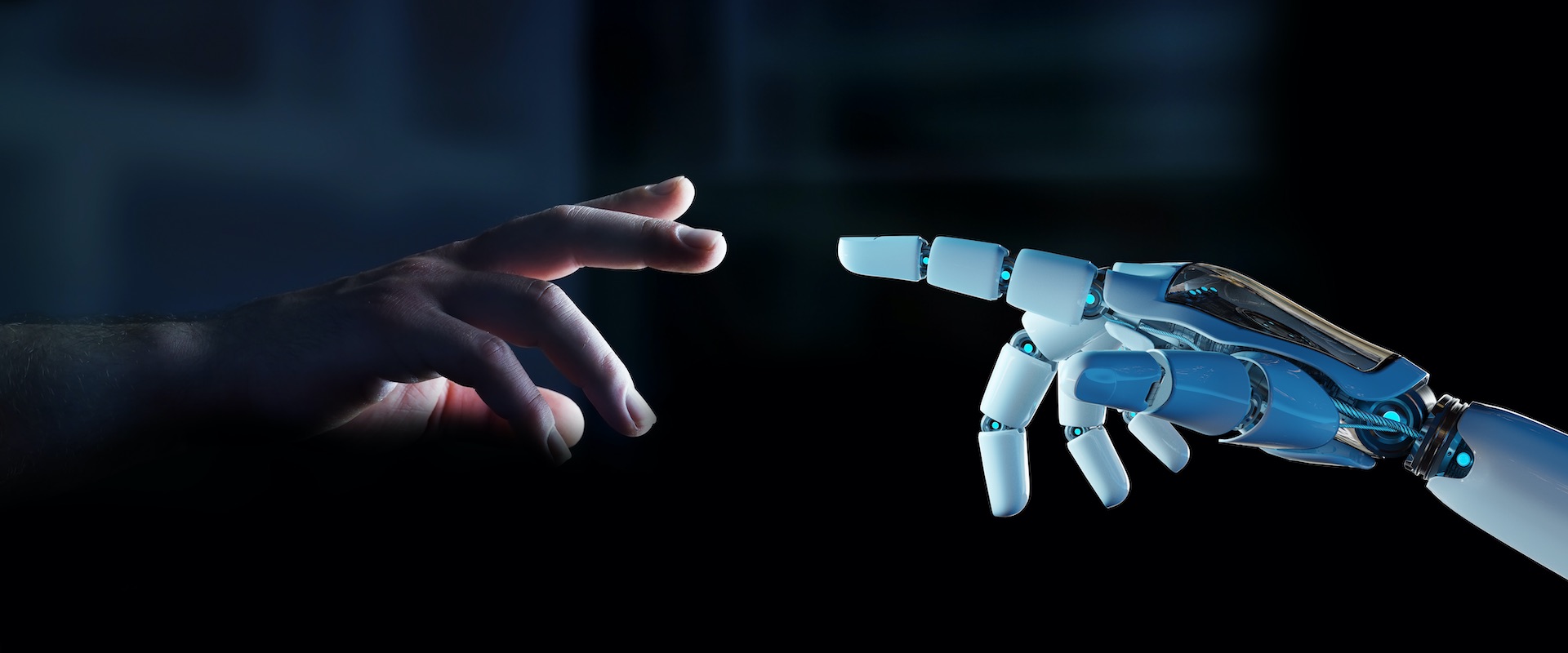Nowadays we have plenty of smart technologies available to help us make our (work) life easier, faster, more accurate and even more efficient. But are we actually ready for a digital transformation?
During a recent Tea & Talent session on Digital Transformation: Are You Ready to Automate? keynote speaker Dominik Mahr and host Gordon Miesen gave the participants an introduction into the positive and negative sides of smart technology and how organisations can benefit from smart automation.
Technology putting automation on high speed
The concept of smart automation has been around for many, many years already. The first assembly line where entire cars were assembled and the shift from manual to digital archives stored in the cloud that everybody has on their computers today, are just two simple examples. Automation is not entirely new, yet it is only in the last few decades that technology has developed faster and faster. John F. Kennedy once said: “Automation does not need to be our enemy. I think machines can make life easier for men, if men do not let the machines dominate them.”
The idea of smart automation
According to Dominik Mahr, smart automation exists in various contexts. The idea of smart automation is that it:
- is always a combination of tech and methods like artificial intelligence (AI), machine learning, augmented reality (AR) and robots;
- executes business processes on behalf of knowledge workers;
- mimics abilities of workers (e.g., language, vision, thinking, learning);
- has an automatic component in it with no or little intervention;
- increases business outcomes, business processes and efficiency, but also customer and employee satisfaction.
Not always the best solution
Smart automation can definitely add value to our daily lives and the way we execute our work. We are, for example, able to automate the entire process of inventory management, from making offers to receiving actual orders and delivering our products. And we are also able to partially automate ourselves. Think about the shopping process in the supermarket when you use the scanner. Or about robots in nursing homes who can help elderly people to stay more independent. “Those are positive things”, says Mahr.
But, there are also negatives around smart automation, according to Mahr. He questions whether you can simply automate personal attention: “Think about the waiting room in a hospital where a computer indicates a waiting time. That might be fine when you go to IKEA, but with such a crucial issue as human health, it might be better to have a person saying ‘please wait another five minutes’”.
Core of smart automation
Smart automation is about what happens within an organisation in relation to the outside world, customers and employees. People and processes are the core of smart automation. “The technology around it enables us to do things that we couldn’t do before”, says Mahr.
Ultimately, the common expectation of smart automation is that, if we are able to optimise it, it will help the organisation to increase processes, reduce costs, enhance compliance and to motivate employees. According to Dominik Mahr, four elements have to be in place to make an organisation ready for smart automation: 1) HR: talent and skills, 2) technology and infrastructure, 3) organisation and strategy, and 4) culture and governance. When those four elements are in sync, they can enable an organisation to successfully automate.
Human digitalisation
Smart automation becomes more and more the base, a must-have so to say. It makes humanity a luxury, a differentiator. A good example is the work done in hospitals. We might think that the more advanced an expertise is, the more difficult it is to be automated. But that is not true. It is the emotional aspect and communication that is difficult to automate. Dominik Mahr believes that you can make the most out of smart automation once you find a good synchronisation between the digital and emotional (human) side of processes.
The topic ‘smart automation’ is very strategic, but the implementation is very operational. Mahr sees that today we are a bit in line with something Albert Einstein once said: “in the midst of every crisis, lies great opportunity.” He believes that the crisis of the pandemic we are in now, has changed our behaviour. “We are doing things digitally that we haven’t been doing digitally before”, he says. In that sense, the crisis is helpful in our move towards smart automation. “But, digital has to go hand-in-hand with the human side. That is what we call ‘Human Digitalisation’”.



